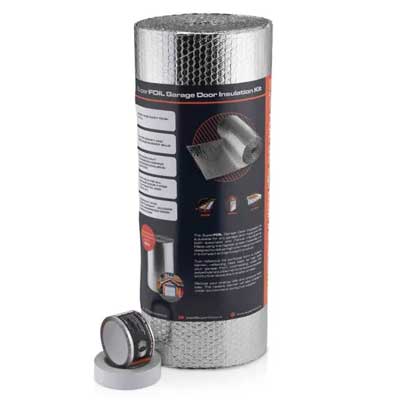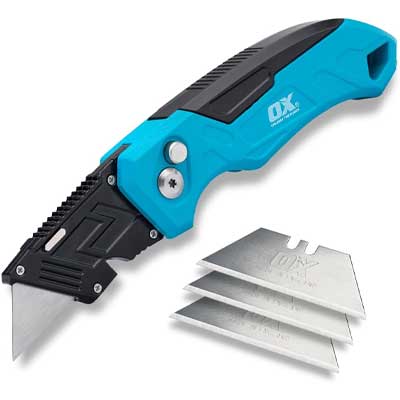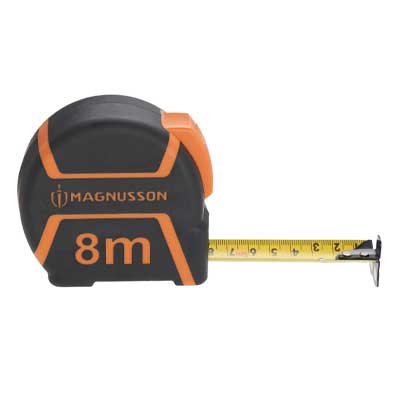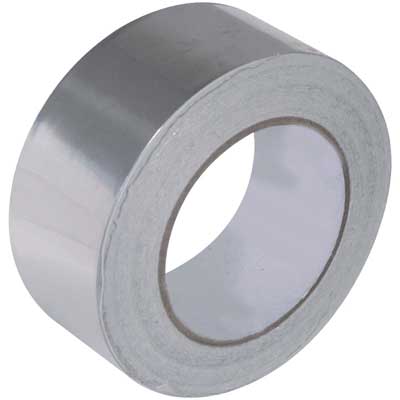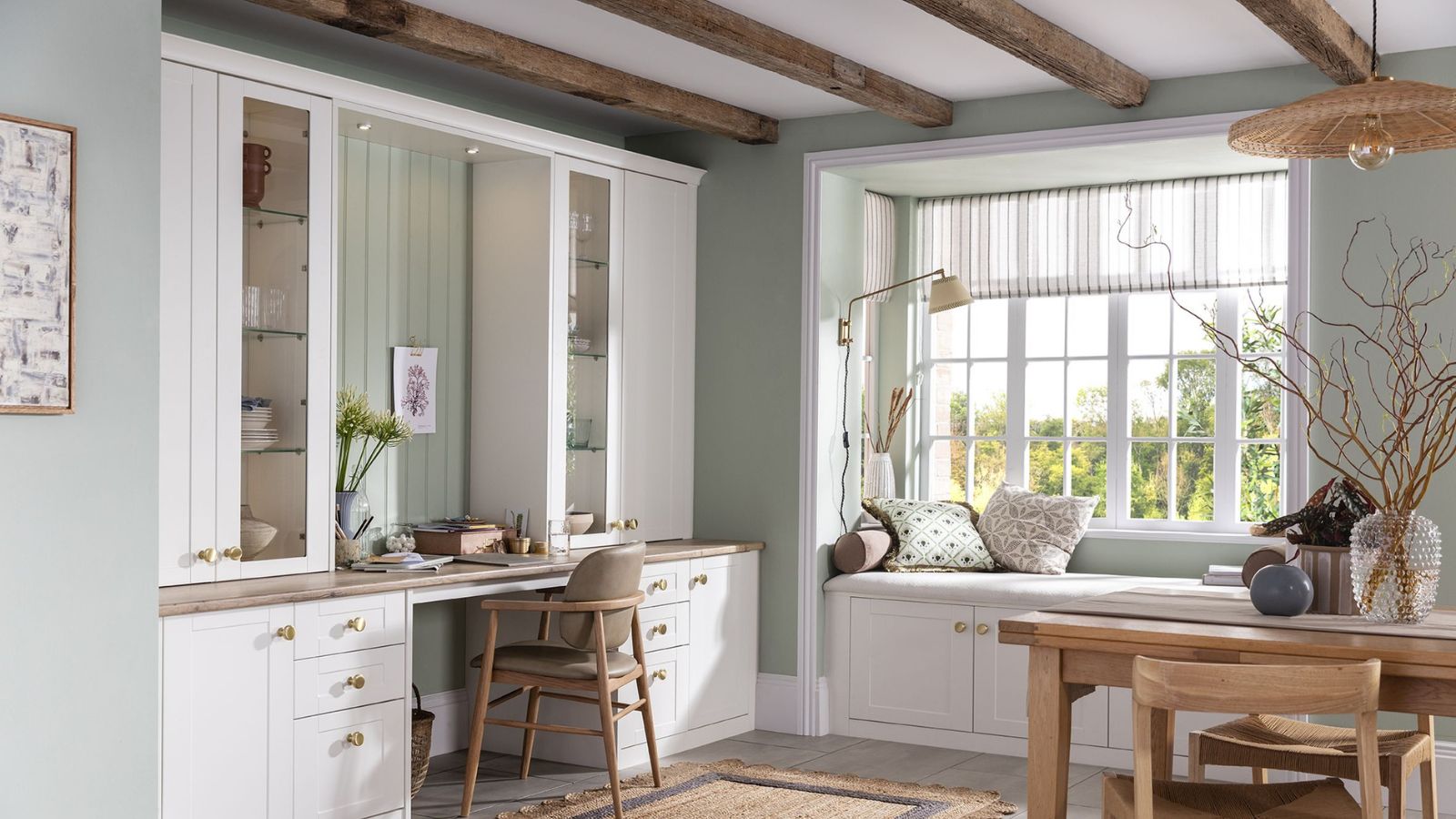How to insulate a garage door to keep what's inside in tip-top condition
Insulating a garage door comes with a whole host of benefits – our guide explains why and how it's done
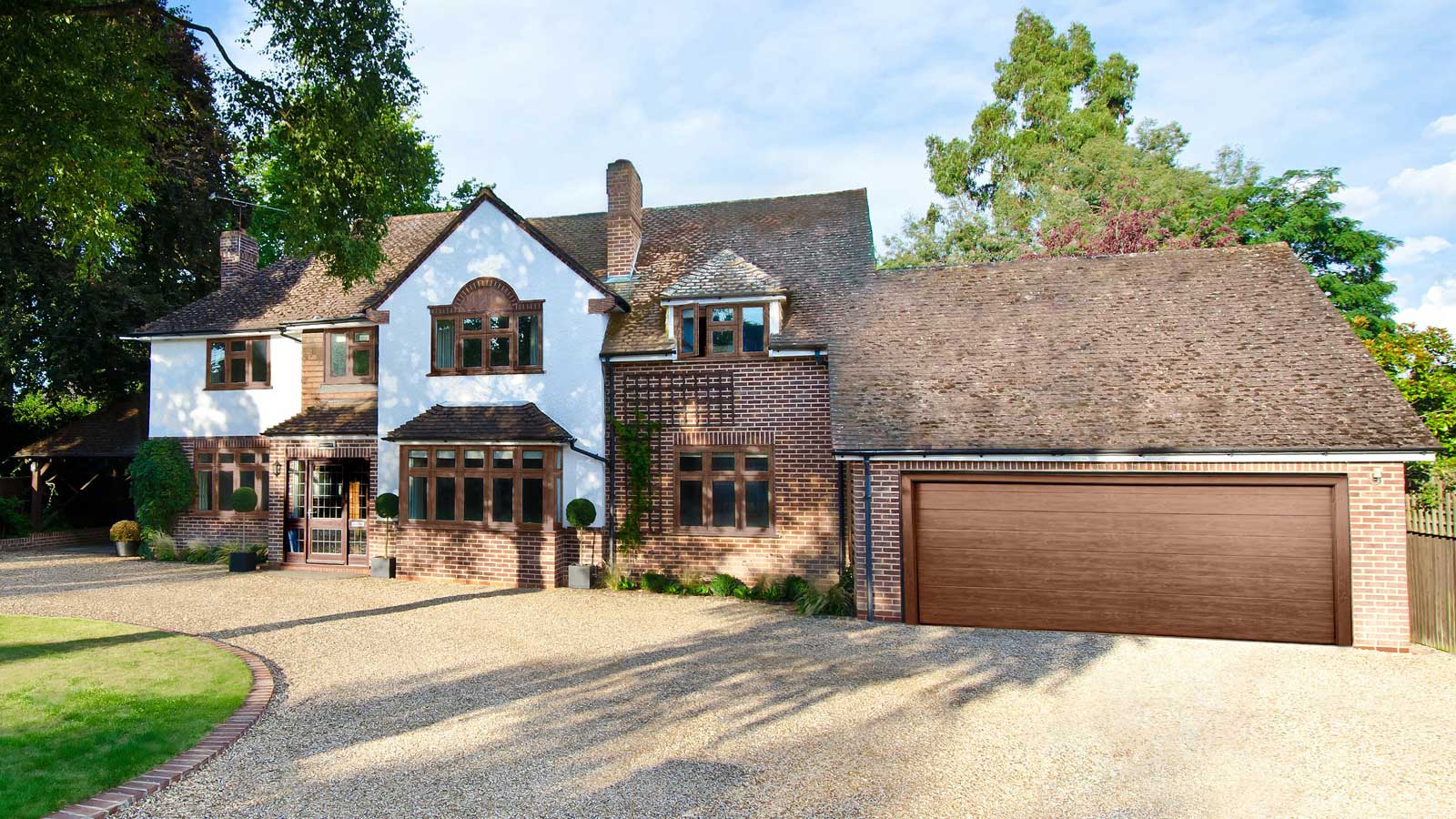
Insulating a garage door is a job that often gets overlooked by homeowners who use the space for nothing more than storage, yet carrying out this task has so many benefits that make it really worthwhile.
It is important to realise that it isn't just those considering a garage conversion that need to think about insulating the space – keeping the temperature inside your garage stable has many advantages, no matter what you intend on using it for.
Our expert-led guide is here to lend a hand, explaining what the job involves, the products you'll need and how much to budget to take the project from start to finish.
Why is insulating a garage door a good idea?
For anyone not planning on using this space for garage conversion ideas, it can be a bit of a mystery why this is a job worth doing – but there are actually several reasons why it makes sense.
"Insulating a garage door is one of the smartest upgrades you can make. Especially if you're converting the space into a home office, gym, or workshop or even just looking to keep things more comfortable year-round,' explains Myles Robinson, founder and home expert at UK Composite Doors. "Garage doors are typically made from thin metal or timber panels, and without insulation, they let in cold air during the winter and trap heat in the summer. So, whether you're spending time in there or just want to protect what's stored inside, insulation helps regulate temperature, reduces noise, and can even help with energy efficiency if the garage is attached to the house.’’
Alastair Mayne, CEO of Garolla, wholly agrees.
"Many garage doors, particularly older models, are made from uninsulated metal or wood, which can lead to major temperature fluctuations inside your garage," says Alistair. "Insulation for your garage door can prevent this, working to maintain a more stable temperature inside."
Bring your dream home to life with expert advice, how to guides and design inspiration. Sign up for our newsletter and get two free tickets to a Homebuilding & Renovating Show near you.
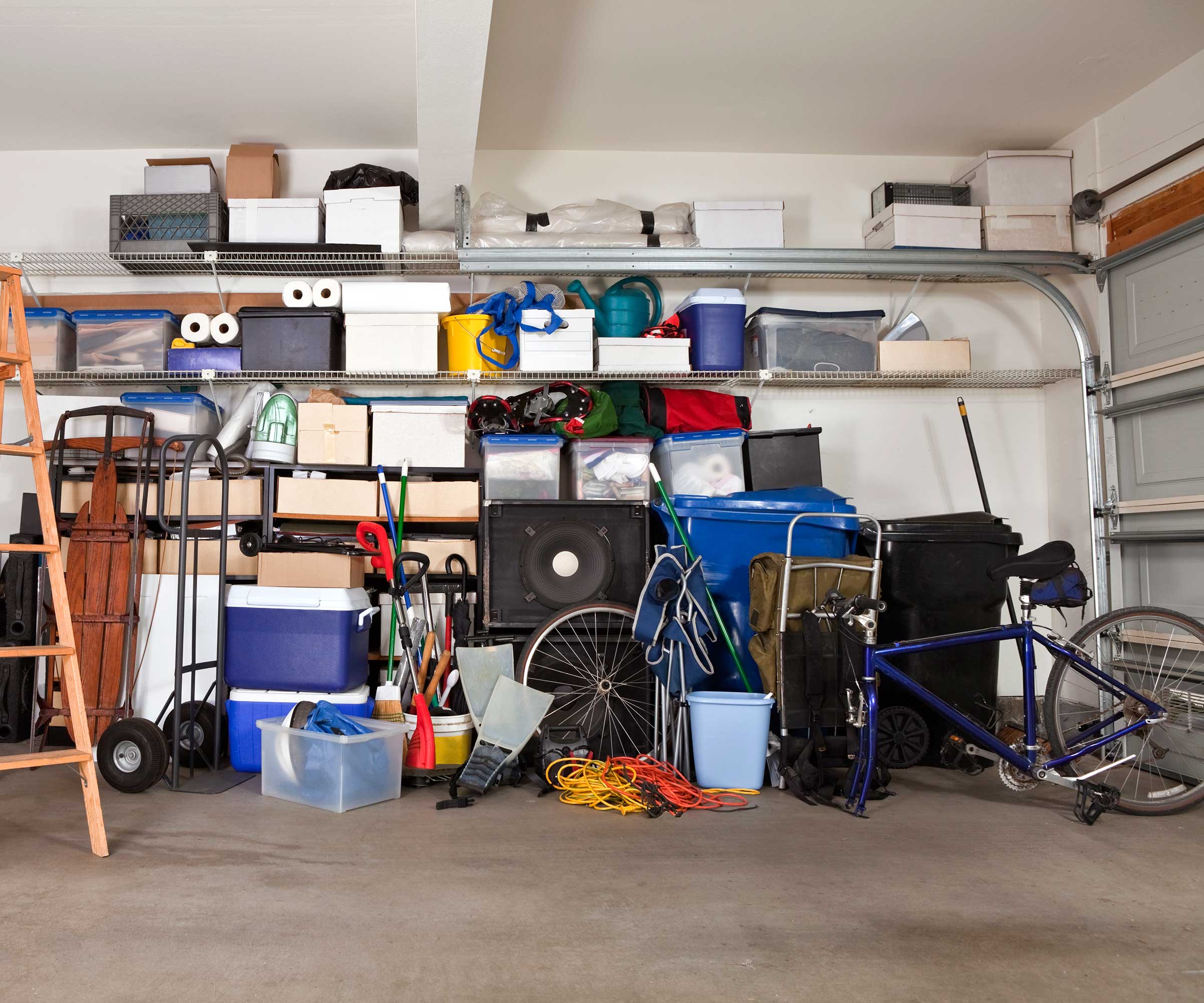

Myles is an expert all things home and improvements. His current venture is UKCD but he has a wealth of experience across various areas when it comes to home maintenance, remodeling, DIY and improvements.

Alistair is CEO of garage door experts Garolla. Garolla specialise in high quality electric roller garage doors.
What type of insulation is best for garage doors?
There are lots of different types of insulation so it is important to know which will be best for upping the thermal efficiency of your garage door. Samuel Hitch, MD at Buy Insulation Online, has some advice on the three main types to consider.
"Polystyrene foam (EPS) is an affordable and lightweight option that comes in rigid boards," he begins. "It provides decent insulation and is easy to cut and install with adhesive or tape. However, the thickness should be limited to whatever does not impede the opening and closing of the doors.
"You can also use PIR boards, but these are heavier and may be trickier to keep attached to the doors over the years," continues Samuel. "The reason EPS is suggested is due to its very lightweight nature
"You could also consider multifoil Insulation," adds Samuel. "This consists of multiple reflective layers with insulation in between. It offers better thermal performance than EPS on a per mm thickness basis and can also act as a draught barrier. It's lightweight and can be easily installed onto doors with adhesive and foil tape."
Finally, it is easy to find kits designed specifically for this job.
"Garage door insulation is available in foam sheets or insulation kits, easily found at most home improvement stores," advises Alistair Mayne. "These foam insulation kits are cost-effective and can reduce heat transfer by up to 97%."

With over 20 years of expertise, Samuel leads a group of UK companies specialising in industrial insulation, mechanical engineering, and electrical construction estimating. His companies deliver comprehensive solutions across the construction sector, from technical insulation sales to MEP pre-construction management.
How do you insulate a garage door?
The good news for anyone mulling over this project, seeking to have the best garage doors they can, is that it is a very achievable DIY job.
"Most standard garage door insulation projects are very doable as a DIY job," confirms Myles Robinson. "You'll need a sharp utility knife, a measuring tape and some strong adhesive or double-sided tape, plus a bit of patience to get everything cut neatly.
"If you’re using a rigid foam board, it helps to tape over the edges to prevent crumbling and you should always make sure you’re not interfering with the door’s mechanics or weight balance, especially if it’s on a tensioned spring system.’’
‘’The best method depends a bit on what you’re using the space for," continues Myles. "If it's being converted into a living space, you'll want something with higher insulation value, like foil-backed rigid foam board or polystyrene panels. These can be cut to fit between the panels of a sectional door and fixed in place with adhesive. If you're not doing a full conversion and just want to take the edge off the chill, reflective foil insulation or garage door insulation kits (which often include pre-cut panels and adhesive pads) are easy to work with and do a decent job.’’
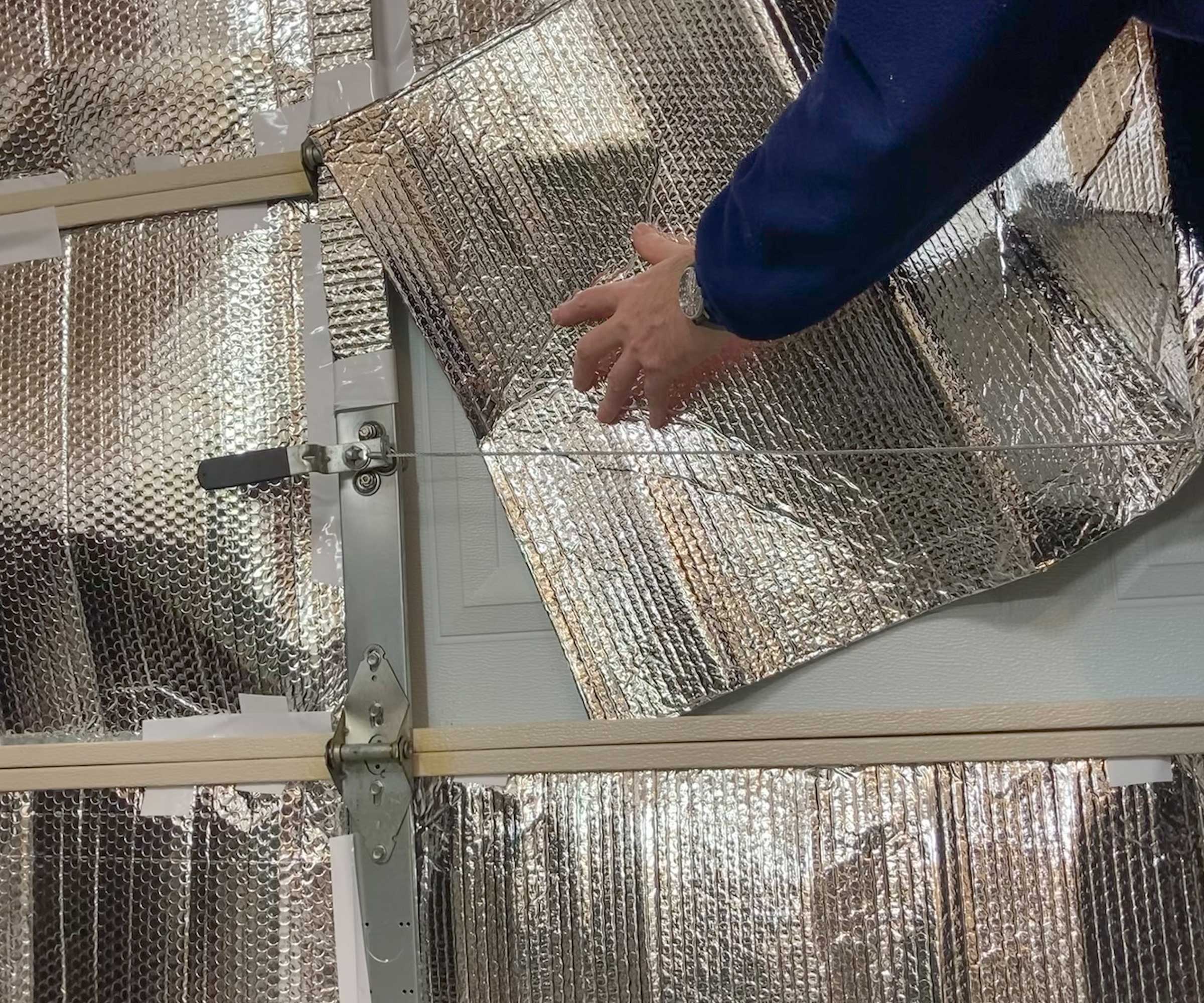
Shop garage insulation toolkit
Can you insulate roller garage doors?
While up-and-over and hinged doors are not too tricky to insulate, if you are dealing with roller garage doors, things can get a little more complicated.
"Roller doors are more challenging for DIY insulation," warns Samuel Hitch. "Thin reflective foil might be an option, but professional installation or replacement with an insulated door is often recommended due to the fact that any insulation on a roller door would be compressed, therefore negating the insulation's effectiveness."
Is it better to fit new garage doors?
In some cases, it is going to be a better idea to simply replace old garage doors with new rather than futilely trying to insulate what you have.
"If you have old up-and-over garage doors you are likely to still let a lot of heat or cold air in through the gaps around the edge of your garage door," explains Alistair Mayne.
"For a more seamless and aesthetically pleasing solution, consider opting for a garage door with built-in insulation," continues Alistair. "If you're in the market for a new garage door anyway, a pre-insulated model is your best bet for functionality, appearance, and longevity.
"Insulated roller doors are the ideal solution for retaining the heat in your garage," adds Alistair. "They are engineered from interlinked twin-walled aluminium slats filled with high-density polyurethane foam. Not only does this make roller garage doors strong and secure, but it also ensures they offer sound and temperature insulation benefits to help you make more of your space."
How much does it cost to insulate a garage door?
Insulating your garage doors should not be too costly, particularly if you carry out the work yourself and it will certainly save you on new garage door costs.
‘’Cost-wise, it varies depending on the method. A DIY insulation kit from a retailer like Wickes or B&Q will typically set you back around £50 to £100," says Myles Robinson. "If you’re going the rigid board route and sourcing materials yourself, it might be a bit cheaper, depending on the size of your door."
"EPS boards can cost between £50 and £200+ for a single door," adds Samuel Hitch. "Multifoil options are typically between £90 and £300."
If you decide that replacement is better, expect costs far higher than this, although the end result may well be worth it in certain cases.
"Professionally fitted insulated doors can cost anywhere from £800 to £1,500 or more, depending on size and style,’’ says Myles Robinson.
FAQs
What are the common mistakes when insulating a garage door?
If you have decided to go ahead and insulate your garage doors, you will want to make sure the time and money you spend on the job is worthwhile. There are a couple of common mistakes to avoid if you want to get your garage design spot on.
"Think about ventilation at the same time," points out Myles Robinson. "Once you’ve insulated the door and sealed things up, it’s important to make sure there’s still some airflow – especially if you’re working or exercising in the space. Even just adding a trickle vent or using a dehumidifier can make a big difference in keeping the space comfortable and avoiding condensation buildup."
Home improvement expert Farook Member from QS Supplies has another tip to share.
"Don't forget to fill gaps! Seal along edges with weatherstripping and a bottom seal to avoid drafts," says Farook. "And check the weight of the door after insulating in case it becomes too heavy, as this can strain your opening mechanism. In such a case, you may have to adjust spring tension or reach out to a professional."
If you decide you want to use your garage for more than just storing your car or gardening equipment, it might be time to consider some garage extension ideas to ensure you are making the most of the space.
Natasha was Homebuilding & Renovating’s Associate Content Editor and was a member of the Homebuilding team for over two decades. In her role on Homebuilding & Renovating she imparted her knowledge on a wide range of renovation topics, from window condensation to renovating bathrooms, to removing walls and adding an extension. She continues to write for Homebuilding on these topics, and more. An experienced journalist and renovation expert, she also writes for a number of other homes titles, including Homes & Gardens and Ideal Homes. Over the years Natasha has renovated and carried out a side extension to a Victorian terrace. She is currently living in the rural Edwardian cottage she renovated and extended on a largely DIY basis, living on site for the duration of the project.
